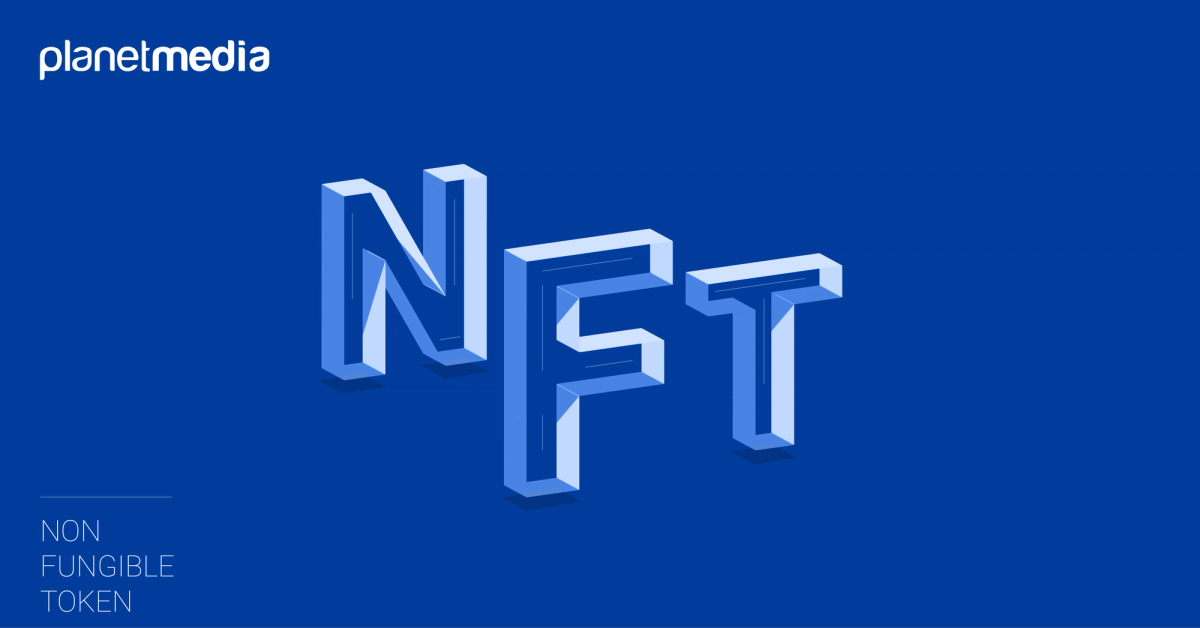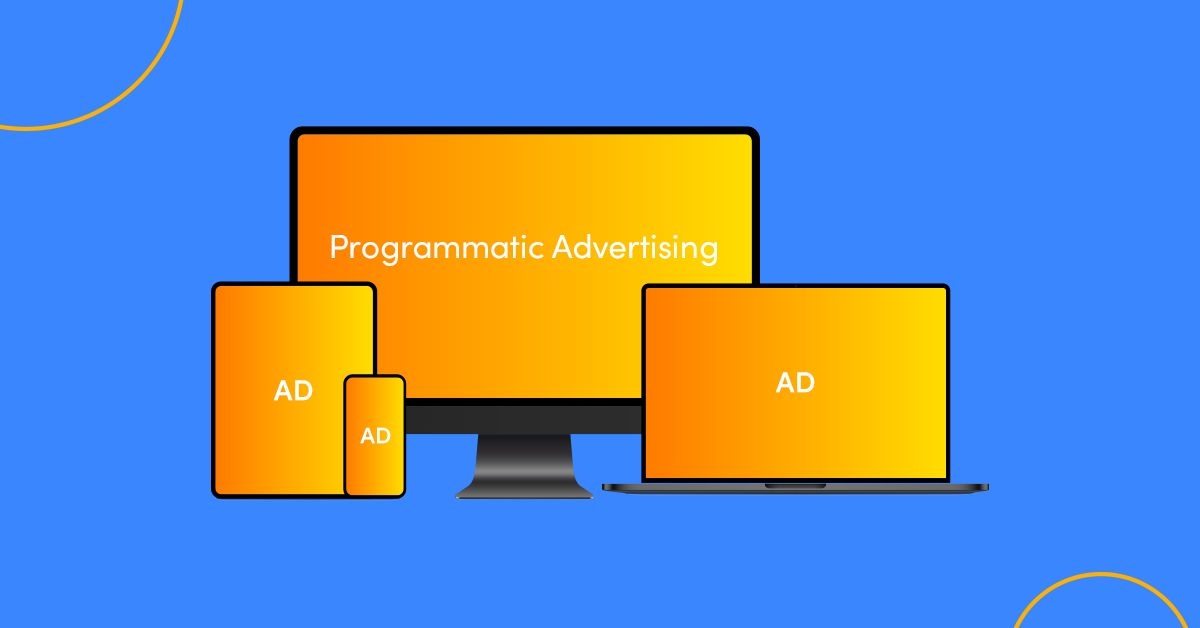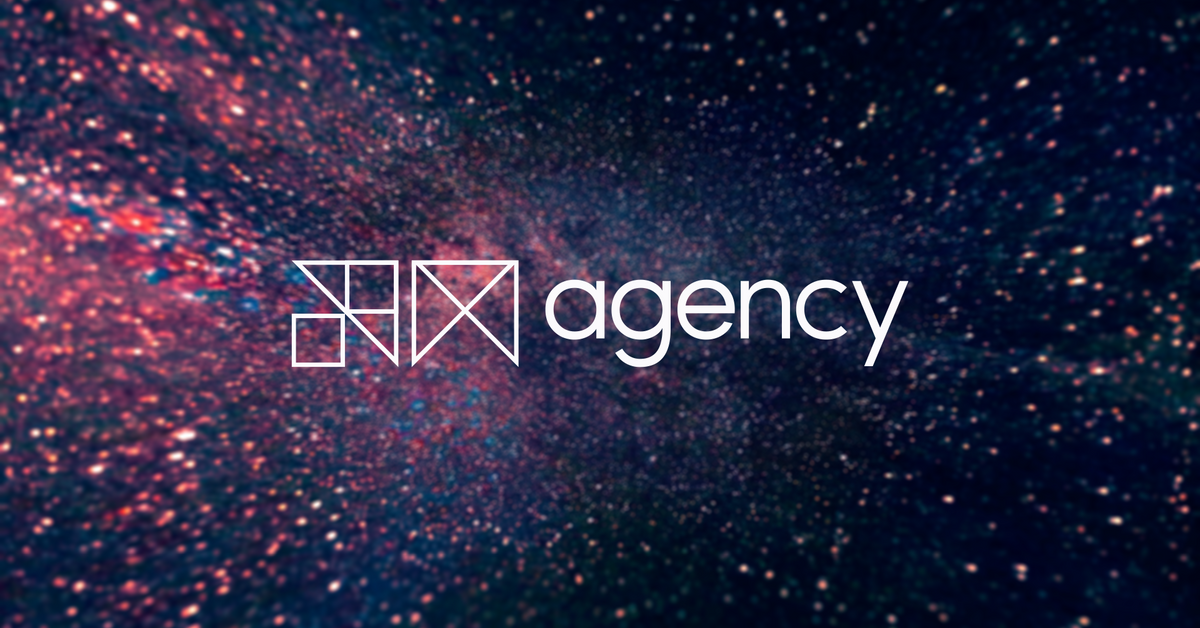What Is an NFT and Why Are They Suddenly Everywhere?

NFTs or Non-fungible tokens have been popping up all over the place recently. So, what is an NFT, and why has it grown in popularity over the course of 2021? Being non-fungible indicates that whatever is being sold/auctioned is unique and cannot be replaced with something else. For example, if we consider Bitcoin, it is fungible - you can exchange one Bitcoin for another. Traditional forms of non-fungible items/assets that emphasise some unique properties include buildings, paintings, etc. While you can always replicate a building or a painting there will only ever be one original piece.

NFTs include any digital assets (like drawings, art, music) that can be bought and sold like any physical property but have no tangible condition of their own. These digital tokens can be considered as credentials of ownership for virtual or physical assets.
Such ‘tokens’ are often bought with cryptocurrency while transactions are tracked via the blockchain. Anybody can access an NFT, but only the customer who has purchased the NFT has the status of being the official owner - a sort of digital bragging license.
What Exactly is an NFT?
NFTs are excellent because they don’t log transactions, rather, they employ cryptographic ledgers to register digital assets with cryptographic tokens; a completely different application of a blockchain. Most NFTs are annotated on images (jpegs, gifs, etc.) but they can also be attached to tweets and MP3s. NFTs are digital assets that are copyable and broadly shareable by design, allowing people to buy and sell them.

An NFT can be considered as the serial number that luxury brands use to prove the credibility of their products. As with bitcoin, there is no main authority (like a central bank) releasing new serial numbers, unlike NFTs. Now, many NFTs are set up on Ethereum, and each one serves as a specific digital asset that is certified by the network.
As a way of finding ownership, the unique identifier of a person is encrypted into NFTs when they trade. All this is encrypted and administered throughout the complete network, meaning that anybody with network access is capable of viewing ownership details, but can’t see NFTs unless they have the cryptographic key. As a brand issues serial codes to check the authenticity of their products, NFTs are related and secured through their encryption.
Why Do People Buy NFTs?
The fundamental objective of NFTs is to bring proof of provenance, a chronological history of possession that exhibits which items exchanged hands and when. If you are an artist who has drawn an awesome painting that you are willing to display to the world and make an effort to sell it for a fair price, how could you establish that the artwork is truly yours and that no one else can claim or copy it?
The conventional way to do it would be to put your signature or watermark in the corner of the image; not so nifty nowadays. Anyone can replicate your sign, and it is extremely hard for a person to confirm the original signature without engaging with 3rd-party services.
NFTs emerged as a saviour for artists. By tokenizing the creative and turning it into a non-fungible token shared on a blockchain like Ethereum, the artist can digitally ‘sign’ the creative and confirm that he is the authentic and sole owner. Anybody interested in the creative could go through Etherscan and check that the NFT did not exchange hands and that it was created on the same date that the person publicly released it. This process allows the artist to prove that their work is authentic, ascertaining it from copies.
Where and How to Buy NFTs?
Different marketplaces have cropped up around NFTs, where people trade non-fungible tokens. So, to wrap up, NFTs are modifying the art industry in a way that we never expected! NFTs not only offer a platform for people to trade their work but also come with a feature that pays a percentage to artists every time the NFT is sold.

Talking about clients, they get a space to provide financial support to innovative artists all over the globe. Buying an NFT also mostly gives some key usage rights to buyers, like posting the image online or setting it as a display picture. Also, there are bragging rights, with a blockchain entry to support it. Altogether, NFTs may shortly rule the crypto world due to their exclusive features and countless advantages for artists.



